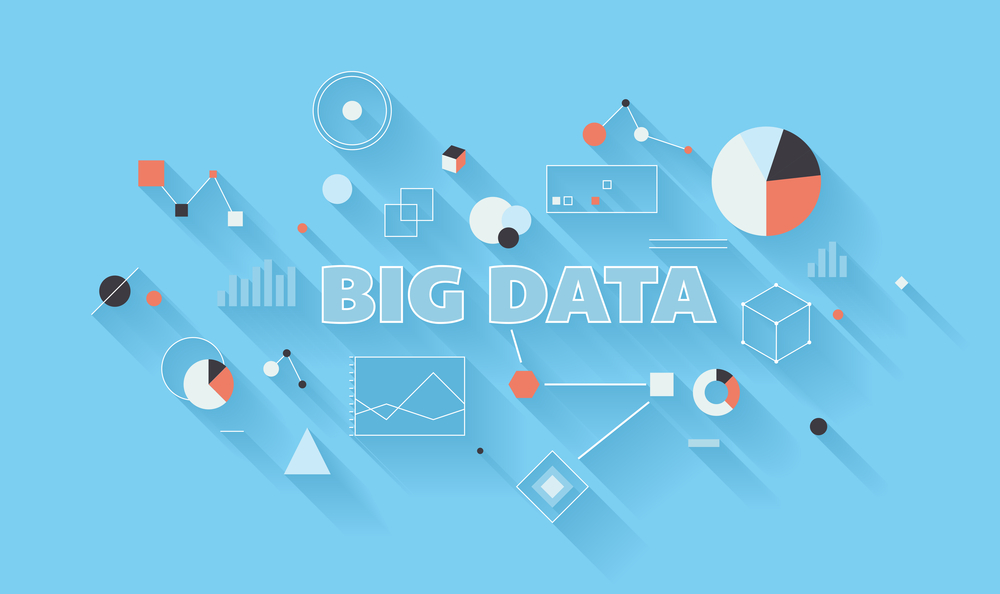8 Best Tools for Data Organization

With the constant increase in data volume, high-quality tools are mandatory for proper data organization. When it comes to data management, the tools typically fall into these four categories:
Cloud Data Management Tools: These tools are created on and for the Cloud, allowing them to connect to and integrate multiple data sources through APIs, direct database connections, and Webhooks.
Data Visualization and Data Analytics Tools: These tools help organizations analyze, explore, and visualize huge datasets and create reports and dashboards on top of it to pull insights and guide important business decisions.
ETL and Data Integration Tools: These tools assist organizations with defining the complicated and automated transformation of data, loading data from numerous sources, and loading data continuously to a target data warehouse or database.
Master Data Management (MDM) Tools: MDM tools help an organization visualize complex sets of master data across the entire enterprise, along with data oversight by subject matter experts, who oversee the creation and maintenance of the reference data.
Let’s delve into eight of the best tools for data organization.
Mozart Data
Mozart Data is a data stack that makes top-notch data tools accessible to everyone who is looking to easily and quickly consolidate, organize, and clean data to get it ready for analysis. The multitude of features that Mozart Data offers for data organization includes:
- API
- Access Controls/Permissions
- Ad hoc Analysis
- Alerts/Notifications
- Data Capture and Transfer
- Data Cleansing
- Data Connectors
- Data Discovery Software
- Data Extraction Software
- Data Import/Export
- Data Integration
- Data Migration
- Data Replication
- Data Storage Management
- Data Synchronization
- Data Visualization Software
- Database Support
- Multiple Data Sources
- Query Builder
- Reporting & Statistics
- Reporting/Analytics
- Search/Filter
- Self Service Data Preparation
- Self-service Analytics
Stitch Data
Stitch Data is an ETL (Extract, Transform, Load) platform that is cloud-based and makes it possible for you to transport data from multiple sources into a data warehouse to give you data that is analysis-ready.
Stitch Data provides simple scheduling for data replication, error handling, and alerting with the automated resolution, an API and JSON framework that enables you to push data into a data warehouse, and has automatic scaling and enterprise-grade service level agreements.
You will also find that Stitch Data is pre-integrated with many data sources and can shift data over into Amazon Redshift, Amazon S3 (Simple Storage Service), Google BigQuery, PostgreSQL, and many more.
Dell Boomi
Dell Boomi’s Master Data Hub uses the power of the cloud and provides flexibility, scalability, agility, and instant upgrades.
Additional Dell Boomi features include:
- Defines models via low-code for a visual experience.
- Deploys data models and figures out the source systems that are able to interact with these models.
- Records that are similar get automatically merged.
- Governs data with bidirectional process flows in real-time across silos.
- Enables data stewarding so that teams are alerted to resolve data entry problems and duplicates.
Profisee
This Master Data Management Platform builds and delivers trusted and relevant information across the business with salient features that include:
- Cleans, matches, and standardizes source data without needing any lines of code.
- Data stewardship is available within the organization to manage master data with feedback from analytics that you can rely on.
- Profisee distributes events to subscribing systems.
- Works as an integrator, as it federates Master Data for global enterprises.
- Real-time bi-directional integration.
- Integration of custom applications.
Amazon Web Services
Amazon Web Services offers you a wide array of tools that can be combined into a Cloud Data Management track.
Amazon Web Services is a subsidiary of Amazon that provides on-demand cloud computing platforms and APIs that allow you to pay as you go.
Some of the services that are provided by Amazon Web Services are:
- Amazon Athena for SQL-based Analytics.
- Amazon Glacier for long-term backup and storage.
- Amazon Quicksight for data visualization and dashboard construction.
- Amazon Redshift for data warehousing.
- Amazon S3 (Simple Storage Service) for temporary/immediate storage.
Microsoft Azure
Microsoft Azure’s platform is a data organization tool that provides several methods to set up a cloud-based data management system with convenient analytic tools that can be used on Microsoft Azure-stored data.
Microsoft Azure enables multiple Database/ Data Warehouse styles with a significant set of tools to manage them along with these additional services:
- Azure Data Explorer (ADX) lets users perform real-time analysis of huge streaming data without preprocessing.
- Blob Storage.
- NoSQL-style table storage options.
- Private Cloud Deployments.
- Standard SQL Databases and Virtual Machine-based SQL servers.
Google Cloud Platform
Google Cloud Platform gives users a big set of tools for cloud-based data management while coming up with a workflow manager that links the various components together.
Here are several services that are offered by the Google Cloud Platform:
- Connections to BI tools like Looker, Power BI, and Tableau.
- Cloud BigTable for NoSQL database-style storage.
- Cloud datalab for code-based data science
- Cloud Pub and Cloud Data Transfer for taking in data.
- Google BigQuery for tabular data storage
- Google Data Studio for analysis based on GUI (Graphical User Interface) and for constructing dashboards.
- Learning and Artificial Intelligence.
- ML (Machine Learning) Engine for advanced analysis using Machine
Looker
Looker is a cloud-based visualization and analytics platform that mainly targets business intelligence, data applications, and embedded analytics, which allows users to share actionable insights in real-time.
Some of the salient features of Looker are:
- Access to the dashboards are provided to everyone instead of just analysts and data scientists.
- Connect directly to the databases without needing to download any certain software.
- Dashboards that are easy to read and use.
- Define metrics using LookML (Looker’s data modeling language).
Proper data management is critical for success in today’s digital world. The right tools can help you organize and make sense of your data so that you can use it to your advantage. We’ve outlined the four types of tools that are essential for data management, and we hope this information will help you choose the right ones for your business. Have you tried using any of these tools? What was your experience? Let us know in the comments below.




